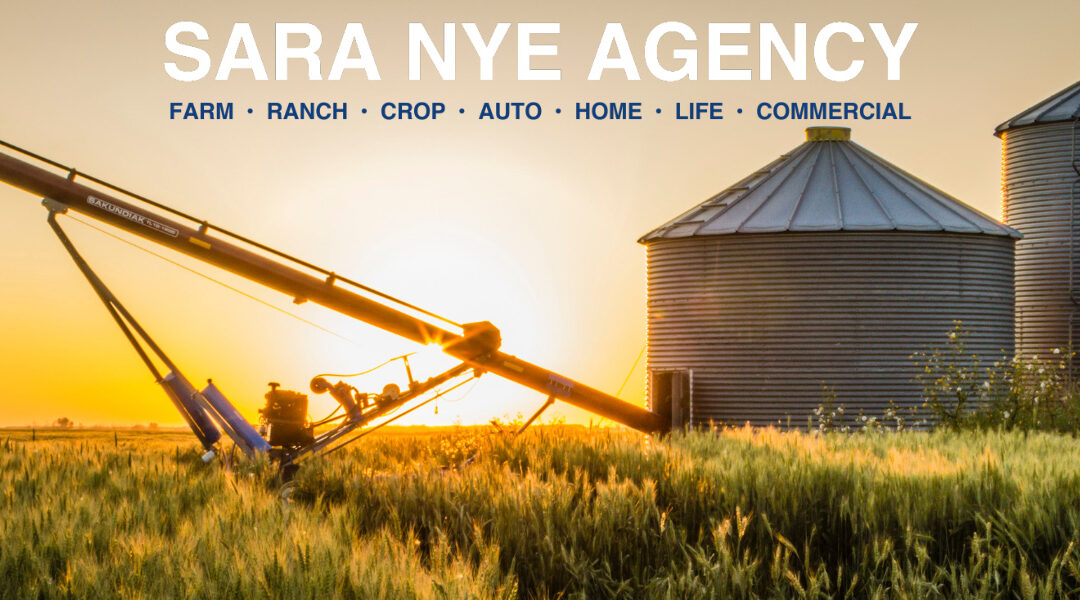In the heartland of agricultural communities, grain bins stand as silent sentinels, storing the bounty of the harvest. However, within their seemingly innocuous walls lies a lurking danger that claims lives every year: engulfment and suffocation. As farmers and agricultural workers, it’s crucial to recognize and understand these hazards to ensure safety on the farm.
The Threat of Engulfment
Grain bins, whether steel or concrete, can hold thousands of bushels of grain. While these bins serve a vital purpose in storing crops, they also pose a significant risk to those who work around them. One of the most insidious dangers is engulfment, where a person becomes trapped within the grain mass.
Engulfment can occur for various reasons, such as entering the bin while grain is flowing in or out, attempting to dislodge stuck grain, or simply walking on a crust formed on the surface. The force exerted by flowing grain is immense, akin to quicksand, pulling victims under within seconds. Once engulfed, the weight of the grain makes escape nearly impossible without prompt intervention.
Suffocation
As if engulfment weren’t perilous enough, suffocation adds another layer of danger. Grain behaves like a fluid when in motion, meaning it can surround and immobilize a person rapidly. Within moments, the grain can cover the mouth and nose, cutting off airflow and leading to suffocation.
The speed at which suffocation can occur is frightening. Even a small amount of grain covering the face can impede breathing, causing panic and disorientation. In the confined space of a grain bin, there’s little room for error or delay in response.
Contributing Factors
Several factors increase the likelihood of engulfment and suffocation incidents in grain bins:
Bridged grain: When grain forms a crust or bridge over empty space within the bin, it can collapse suddenly under the weight of a person, engulfing them.
Out-of-condition grain: Mold, moisture, and other factors can cause grain to clump together, increasing the risk of becoming trapped.
Inadequate safety measures: Lack of proper training, safety protocols, and equipment significantly heightens the danger associated with grain bin work.
Complacency: Familiarity with the environment can breed complacency, leading workers to underestimate the risks involved.
Prevention and Safety Measures
Preventing engulfment and suffocation incidents requires a proactive approach to safety:
- Training and education: Ensure all workers are trained in grain bin safety, including recognizing hazards and emergency procedures.
- Lockout/tagout procedures: Implement strict protocols for locking out equipment before entering grain bins to prevent accidental startup.
- Proper ventilation: Maintain adequate ventilation to prevent the buildup of toxic gasses and reduce the risk of suffocation.
- Use safety harnesses and lifelines: When entering grain bins, workers should wear safety harnesses connected to lifelines outside the bin for quick extraction in case of emergency.
- Never work alone: Always have at least two trained individuals present when working in or around grain bins, one of whom should remain outside as a spotter.
- Install rescue equipment: Keep rescue equipment such as ropes, ladders, and grain rescue tubes readily available near grain bins for use in emergencies.
Engulfment and suffocation in grain bins represent a grave threat to the safety and well-being of agricultural workers. By understanding the risks involved and implementing robust safety measures, farmers and agricultural workers can mitigate these dangers and ensure a safer working environment. Remember, no task is worth risking lives – always prioritize safety on the farm.

